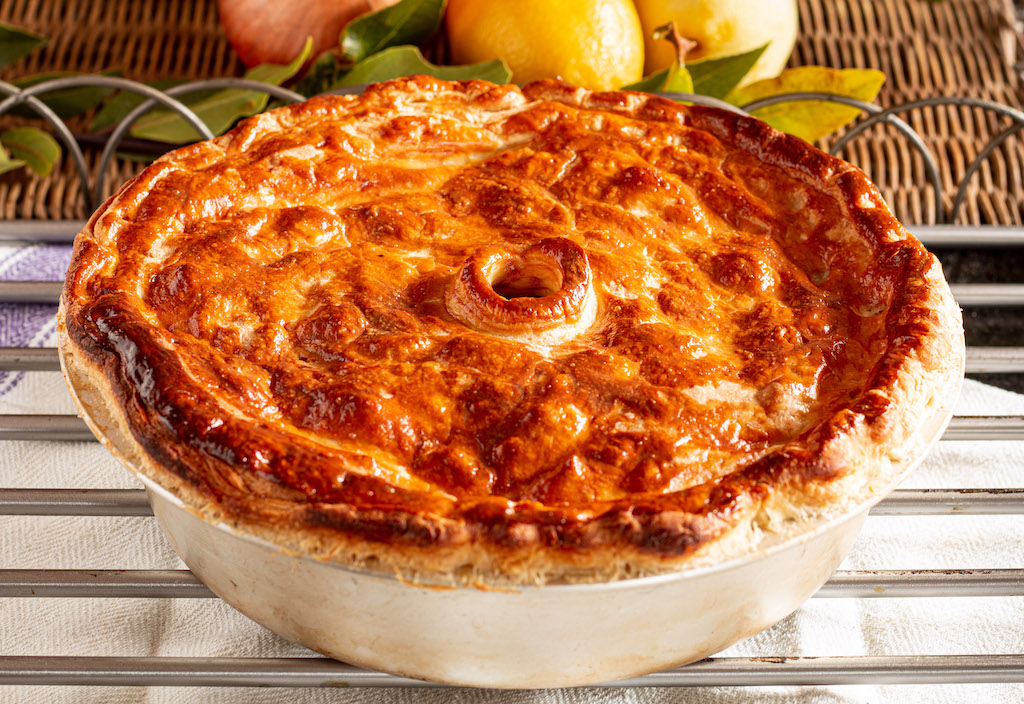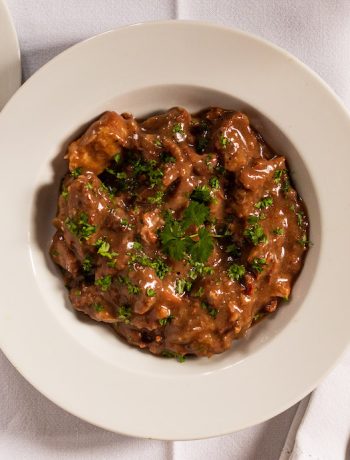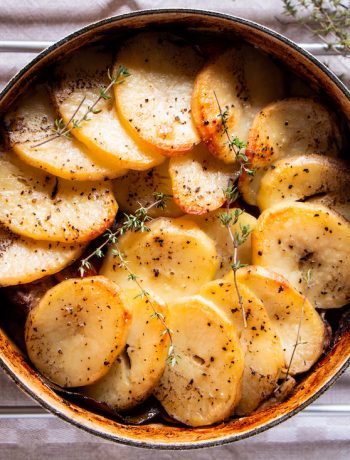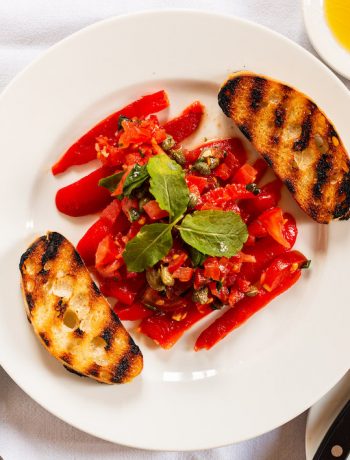With Britain still in the grip of Winter, the light crisp, fresh tones of summer meals are exchanged for the rib sticking, and warming comfort foods of the cold and the dark. And what could be better than homemade steak and kidney pie? Considered as one of our national dishes, the origins of this British classic can be traced back to the 19th century. It is one of those dishes where there is little argument regarding the basic ingredients: diced steak, onion, kidney, gravy and pastry. You can choose between, shortcrust or puff, for your pastry, or even the traditional hot water crust, and you can choose your favourite ale for the gravy and, along with a slug of Worcester sauce, that is pretty much it. Simple. Like most of the best things in life.
It would be a rather short article if we stopped there. So being the Nosey Chef we have gone further, and looked into the history of the pie itself. In a similar way that the cooking fat of choice largely dictates regional food in Italy; with olive oil in abundance on the shores of the Mediterranean, changing to butter and hard fats as we head towards the northern mountainous regions, a similar situation is responsible for the birth of the pie. In this instance the geographical transition from olive oil to butter and lard gave us firmer, mouldable pastry that could be easily formed. Back in the day, when we had a King on the throne and a Navy at full strength, the discovery of this ‘new pie thingy’ proved an ideal solution to transporting food on long voyages. At this time the pastry crust – which was still largely inedible – was discarded in favour of the morsels it contained. I guess that one day someone discovered that the lunchbox was actually as tasty as the lunch, and the pie as we know it today was born.
This recipe is given in the style of a pot pie I crust over casserole in a dish).
Steak and kidney pie
Ingredients
- 1 tbsp beef dripping
- 600g beef chuck, cut into large dice
- 300g lamb kidneys, trimmed and diced
- 375g supermarket rolled puff pasty
- 2 onions, chopped
- 3 carrots, peeled and chopped into medium dice
- Some butter
- 4 Portobello mushrooms, thickly sliced
- 2 tbsp plain four
- 1 bay leaf
- 600ml beef stock
- A few dashes of Worcestershire sauce
- Sea salt and freshly ground black pepper
- 1 egg, beaten with pinch of salt
Instructions
Heat the dripping in a large frying pan. Season the beef and fry it off until completely sealed. Remove to a large saucepan or Dutch oven. Season and lightly fry the kidneys in the same frying pan. Add the sautéed kidneys to the beef.
Add a knob of butter to the frying pan and sauté the onions and carrots until softened. Remove these to the pan with the meats. Add another knob of butter to the frying pan, and cook the mushrooms, turning now and then, until browned. Set these to one side for a moment.
Heat the saucepan/Dutch oven and add the flour. Turn the flour into the meat and veg and cook off for about 2 minutes. Add the tomato purée, bay leaf and mushrooms. Top off with the stock until the meat is just covered. Add more stock if submersion is not achieved. Bring the pot to a simmer, cover loosely, and simmer on low for 1.5h. Alternatively, cover and place in an oven at 150˚C for the same time.
After an hour and a half, make sure the beef is tender. If not, cook for another 30 mins. Season to taste and add the Worcestershire sauce.
Using a slotted spoon, transfer the meat and vegetables to a 1.2L pie dish (we use a tarte Tatin dish). You will have plenty of gravy left in the Dutch oven, but a lot of the thickened sauce will have adhered to the meat and made it into the pie dish. Using all the gravy will result in a pie that is way too loose. Let this cool quite a bit to avoid melting the pastry in the next step.
Heat an oven to 220˚C.
Roll the pastry out until you have an area big enough to cut out a circle just larger than the pie dish. Cut this out, and then cut out some 2cm-wide strips. Brush the edge of the pie dish with some of the egg and use that to stick the pastry strips around the rim of the dish in a circle. Brush the top of the strips with more egg, and lay over the cut circle. Pinch the strips and the circle together and crimp in any style you like. Make a hole in the centre of the pastry top and brush over with the rest of the egg.
Place the pie in the oven and cook for 20–30 mins until golden.






No Comments